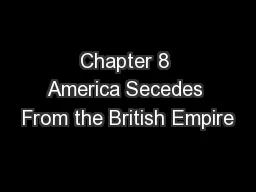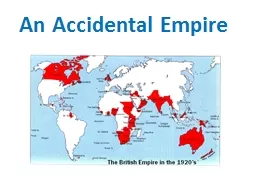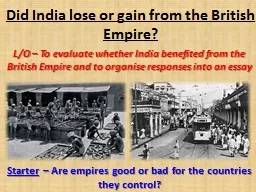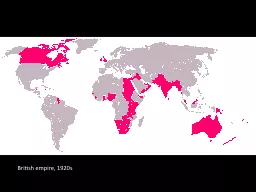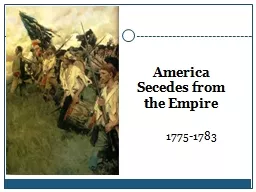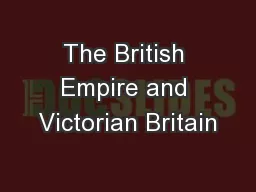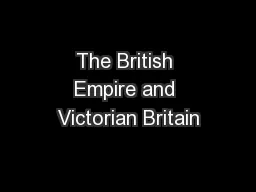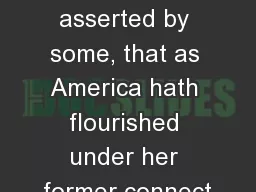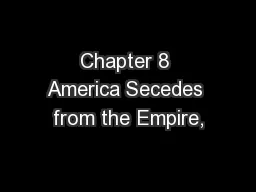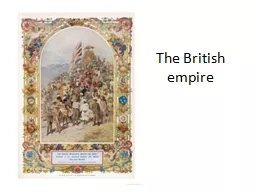PPT-Chapter 8 America Secedes From the British Empire
Author : calandra-battersby | Published Date : 2018-09-25
Aftermath of Lexington and Concord After the bloodshed at Lexington and Concord in April of 1775 about 20000 Minutemen swarmed around Boston where they outnumbered
Presentation Embed Code
Download Presentation
Download Presentation The PPT/PDF document "Chapter 8 America Secedes From the Briti..." is the property of its rightful owner. Permission is granted to download and print the materials on this website for personal, non-commercial use only, and to display it on your personal computer provided you do not modify the materials and that you retain all copyright notices contained in the materials. By downloading content from our website, you accept the terms of this agreement.
Chapter 8 America Secedes From the British Empire: Transcript
Download Rules Of Document
"Chapter 8 America Secedes From the British Empire"The content belongs to its owner. You may download and print it for personal use, without modification, and keep all copyright notices. By downloading, you agree to these terms.
Related Documents

